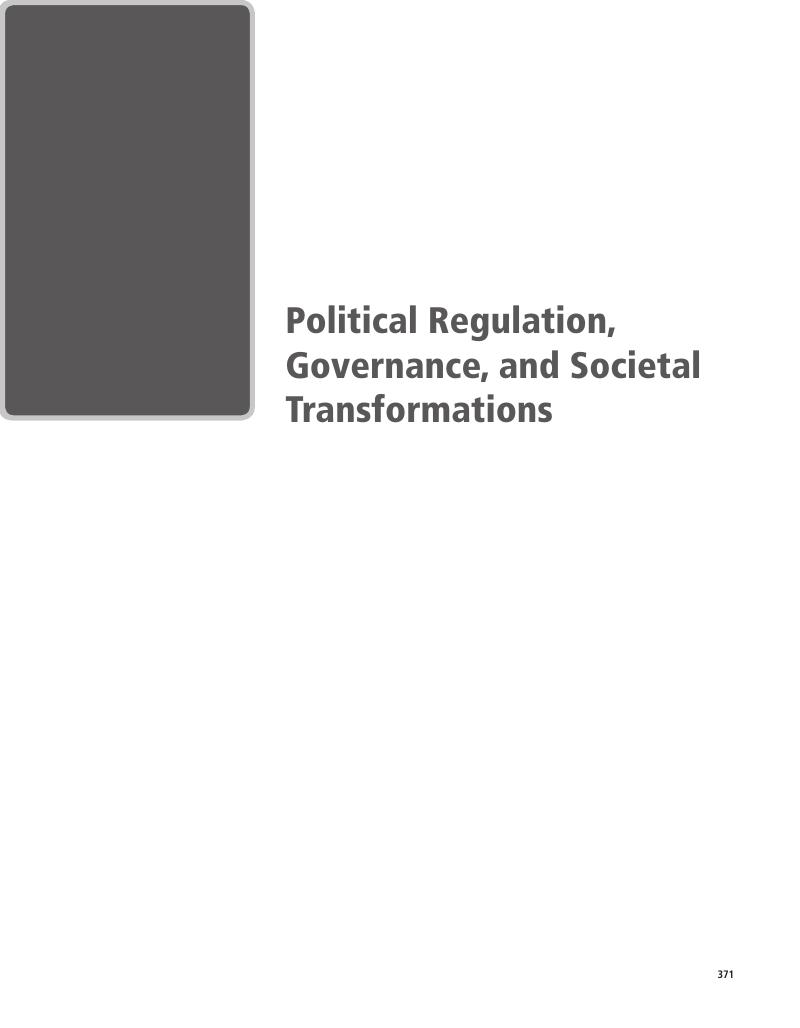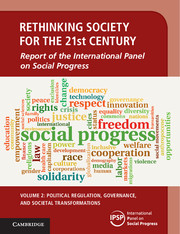Political Regulation, Governance, and Societal Transformations
Published online by Cambridge University Press: 05 July 2018
Summary

- Type
- Chapter
- Information
- Rethinking Society for the 21st CenturyReport of the International Panel on Social Progress, pp. 371 - 596Publisher: Cambridge University PressPrint publication year: 2018



